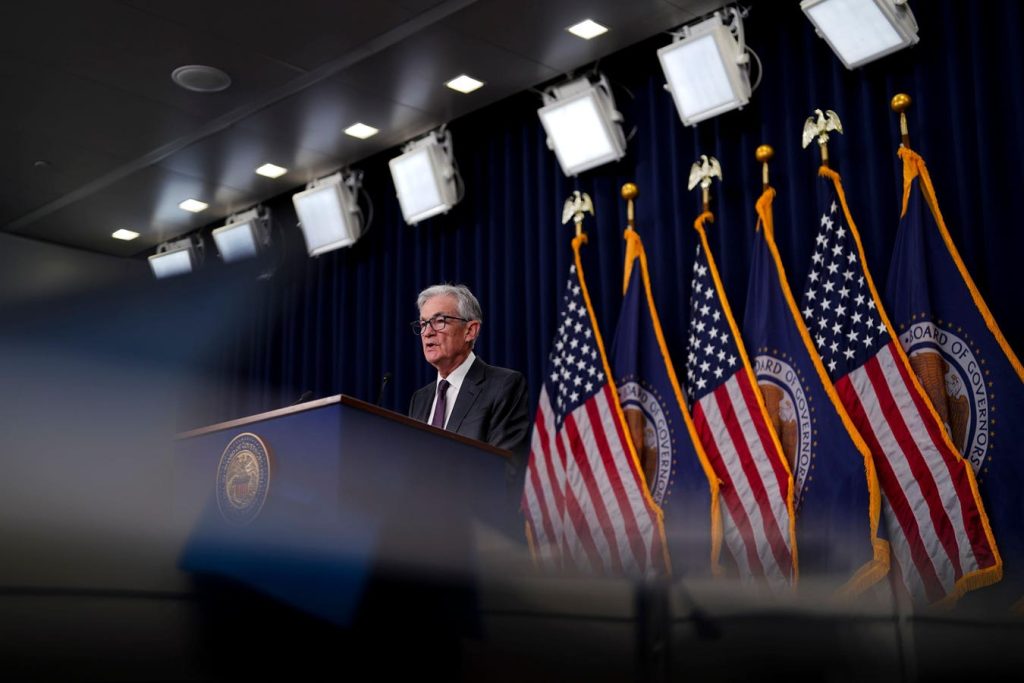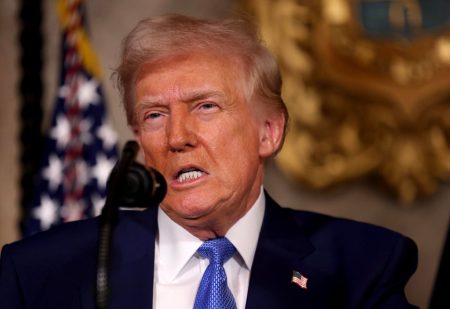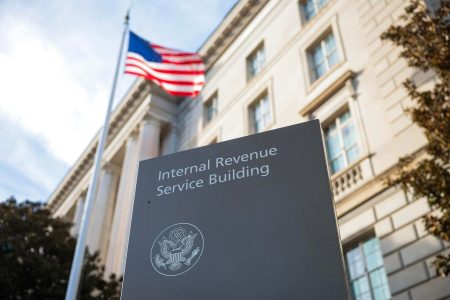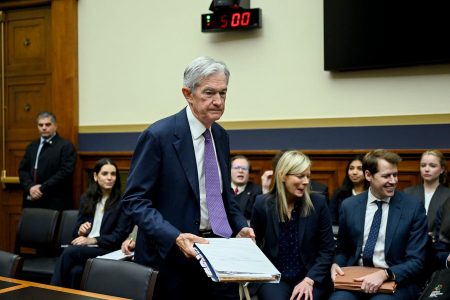The prospect of interest rate cuts in 2025 has dimmed, with a small but growing possibility of rate hikes emerging, primarily due to the anticipated inflationary pressures of newly imposed tariffs. The CME FedWatch Tool, a barometer of market sentiment regarding future interest rate decisions, reflects this shift, suggesting that fixed income markets are increasingly pricing in the potential for sustained or even increased interest rates. This change in outlook stems from the expectation that tariffs on goods imported from China, Canada, and Mexico will contribute to higher consumer prices. Further complicating the economic landscape are potential retaliatory tariffs from affected countries and strategic pricing adjustments by businesses.
Even before the recent tariff announcement, the Federal Reserve’s policy-setting body, the Federal Open Market Committee (FOMC), had signaled a decreased likelihood of interest rate cuts. The FOMC has consistently stressed the need for more substantial progress toward its 2% inflation target. Federal Reserve Chair Jerome Powell reiterated this stance, emphasizing the importance of consistently observing declining inflation readings before considering a change in the current monetary policy trajectory. The newly imposed tariffs, therefore, act as an additional headwind against the backdrop of already waning expectations for rate cuts.
Current market projections indicate a roughly 50% probability of some degree of interest rate reduction in 2025. However, the remaining 50% encompasses scenarios ranging from maintaining the current rate levels to implementing rate increases. This uncertainty underscores the significant influence of the recently announced tariffs on the economic outlook and their potential to disrupt the anticipated trajectory of monetary policy. The ultimate direction of interest rates will depend heavily on the extent and duration of the tariffs’ inflationary impact, as well as other economic factors.
President Trump’s executive order, issued on February 1, 2025, imposes a 25% tariff on imports from Mexico and Canada and a 10% tariff on imports from China, with Canadian oil also subject to a 10% tariff. While the Mexico tariff’s implementation has been delayed until March, the overall impact of these tariffs is expected to be inflationary. Historical data supports this assertion. Following the 2018 tariffs, the price of washing machines increased by nearly 12%, according to a study by the National Bureau of Economic Research. This price hike demonstrates the direct impact of tariffs on consumer goods. Furthermore, a separate study by the Center for Economic Policy Research concluded that the burden of U.S. tariffs falls primarily on American businesses and consumers.
The inflationary effects of tariffs can extend beyond the directly impacted goods. Research has shown that the price of dryers also rose by approximately 12% following the 2018 tariffs on washing machines, despite dryers not being directly subject to the tariffs. This phenomenon illustrates the potential for cascading price increases throughout the economy as businesses adjust to higher input costs and altered market dynamics. Retaliatory tariffs, such as those planned by Canada, could further exacerbate this issue by impacting U.S. exporters and potentially forcing them to seek alternative markets, leading to price adjustments in the domestic market.
Furthermore, the complex dynamics within specific sectors can influence the ultimate impact of tariffs. For instance, some steel exporters to the U.S. have previously absorbed some of the tariff costs by reducing their import prices to maintain market share. However, this response is not typical, and the overall effect of the currently proposed tariffs, if maintained, is likely to be inflationary, at least in the short term. The FOMC, known for its data-driven approach, will closely monitor the evolving economic situation, particularly the impact of the tariffs on inflation. The upcoming Consumer Price Index (CPI) reports will be crucial in assessing the real-time effects of the tariffs. While the February CPI, releasing on March 12, will not reflect the February tariff changes, it will provide a baseline for comparison. The March CPI, released after the next FOMC meeting on March 19, will offer a more direct insight into the tariffs’ inflationary impact. This data, combined with other economic indicators, will shape the FOMC’s outlook and forecasts for 2025. While the tariffs are not the sole focus of the FOMC, their potential impact on inflation has undoubtedly made the prospect of interest rate cuts in 2025 less likely.










